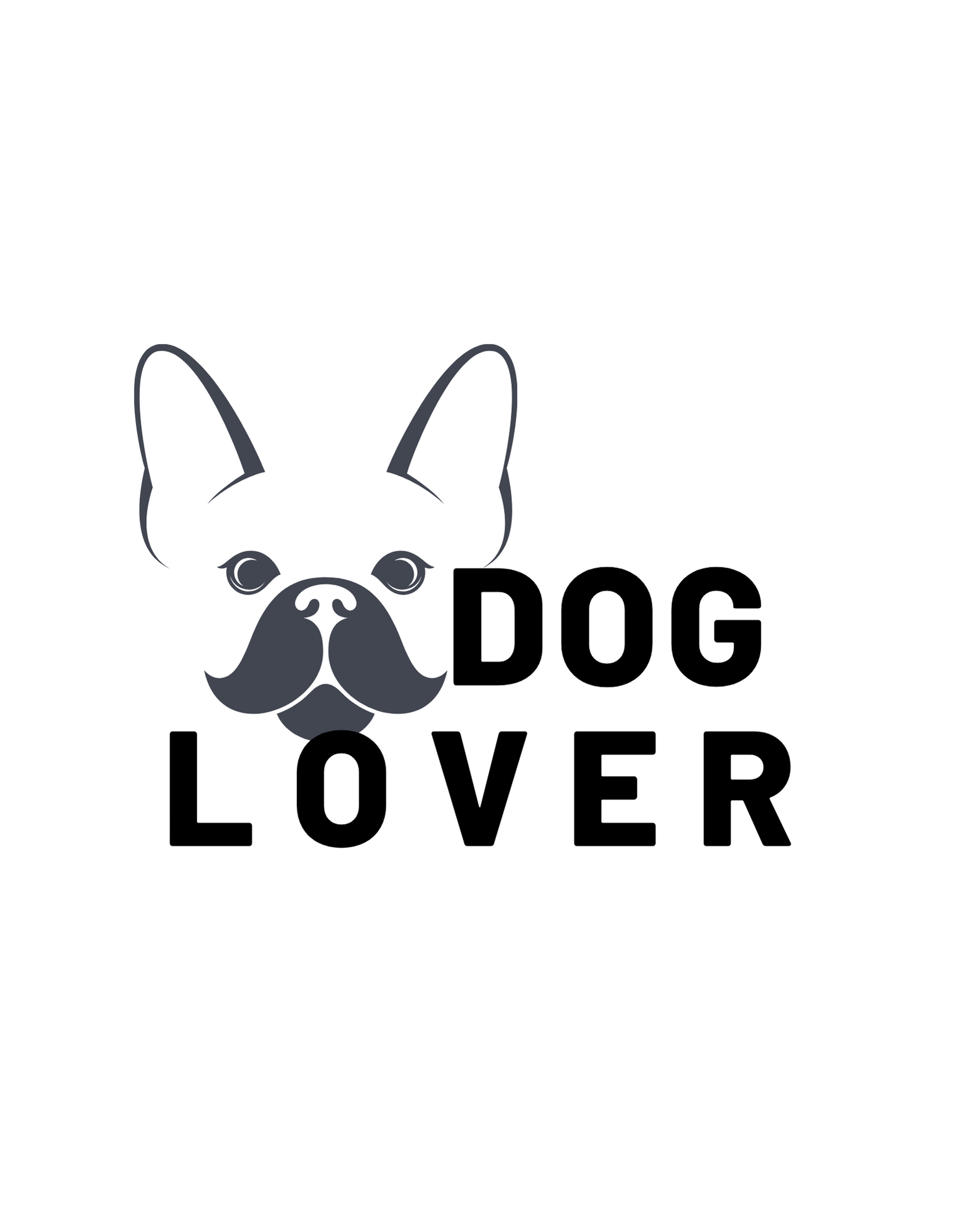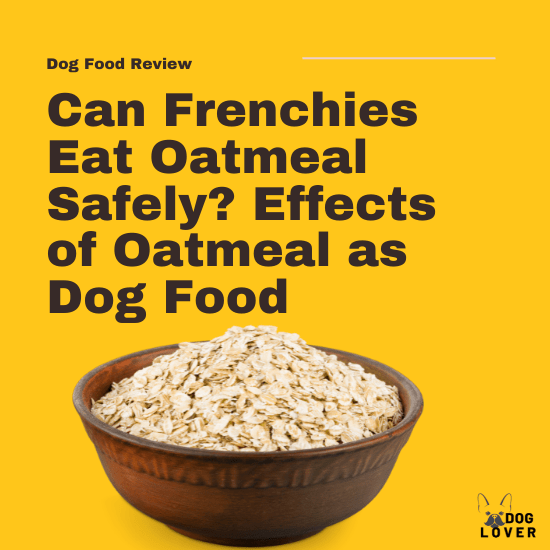As a pet parent, you’re likely cautious about what your dog eats—especially when it comes to human foods. One common question is: Can dogs eat salt?
The answer isn’t a simple yes or no. While salt (sodium chloride) is essential for your dog’s health, too much can be dangerous.
Let’s dive into the facts to help you strike the right balance.
Why Do Dogs Need Salt?
Salt plays a critical role in maintaining bodily functions, including:
- Nerve and muscle function
- Fluid balance
- Nutrient absorption
Commercial dog foods are formulated to meet these needs, typically containing 0.25%–1.5% sodium. For context, the National Research Council recommends a minimum of 13 mg of sodium per kilogram of body weight daily for adult dogs.
This means a 10 kg dog needs at least 130 mg of sodium daily—an amount easily met through balanced diets.
How Much Salt Is Safe for Dogs?
While small amounts of salt are safe, excess is toxic. The danger threshold is roughly 1.5–3 grams of salt per kilogram of body weight. For example:
- A 10 kg dog could suffer poisoning after eating 15–30 grams of salt (about 3–6 teaspoons).
Most dogs never reach this threshold through normal meals, but risks arise from accidental ingestion of salty human foods or products.
Risks of Too Much Salt
Excessive sodium can lead to sodium ion poisoning, with symptoms including:
- Vomiting and diarrhea
- Lethargy or confusion
- Excessive thirst/urination
- Tremors or seizures
- In severe cases: coma or death
Dogs with heart, kidney, or liver disease are especially vulnerable and often require low-sodium diets.
Common Sources of Excess Salt
- Human Snacks: Chips, pretzels, popcorn, and processed meats (e.g., bacon, deli turkey).
- Household Items: Playdough, rock salt, or salt licks.
- Natural Hazards: Drinking seawater at the beach.
- Homemade Meals: Over-salting your dog’s food.
What to Do If Your Dog Eats Too Much Salt
- Stay Calm: Assess how much they consumed.
- Provide Fresh Water: Encourage drinking to flush out sodium.
- Contact a Vet Immediately: Symptoms can escalate quickly. Treatment may include IV fluids or electrolyte monitoring.
Preventing Salt Overconsumption
- Avoid sharing salty human foods.
- Check treat labels for sodium content.
- Rinse salty items (e.g., anchovies) before feeding.
- Supervise outdoor activities (e.g., beach trips).
- Consult your vet before preparing homemade diets.
FAQs
Is sea salt safer than table salt for dogs?
No—all salt types contain sodium. Moderation is key.
Can I give my dog broth?
Only use low-sodium, onion-free broths in small amounts.
Are salt-free diets safe?
No! Sodium is essential. Always follow vet-recommended guidelines.
Final Thoughts
Salt isn’t inherently bad for dogs, but balance is crucial. Most pups get enough sodium from commercial diets, so avoid unnecessary additions.
When in doubt, prioritize vet-approved nutrition and keep salty snacks far from curious noses.
By staying informed, you can protect your dog’s health while keeping their tail wagging!
Have questions about your dog’s diet? Always consult your veterinarian for personalized advice.
Share this post to help fellow pet owners keep their dogs safe! 🐶💙


